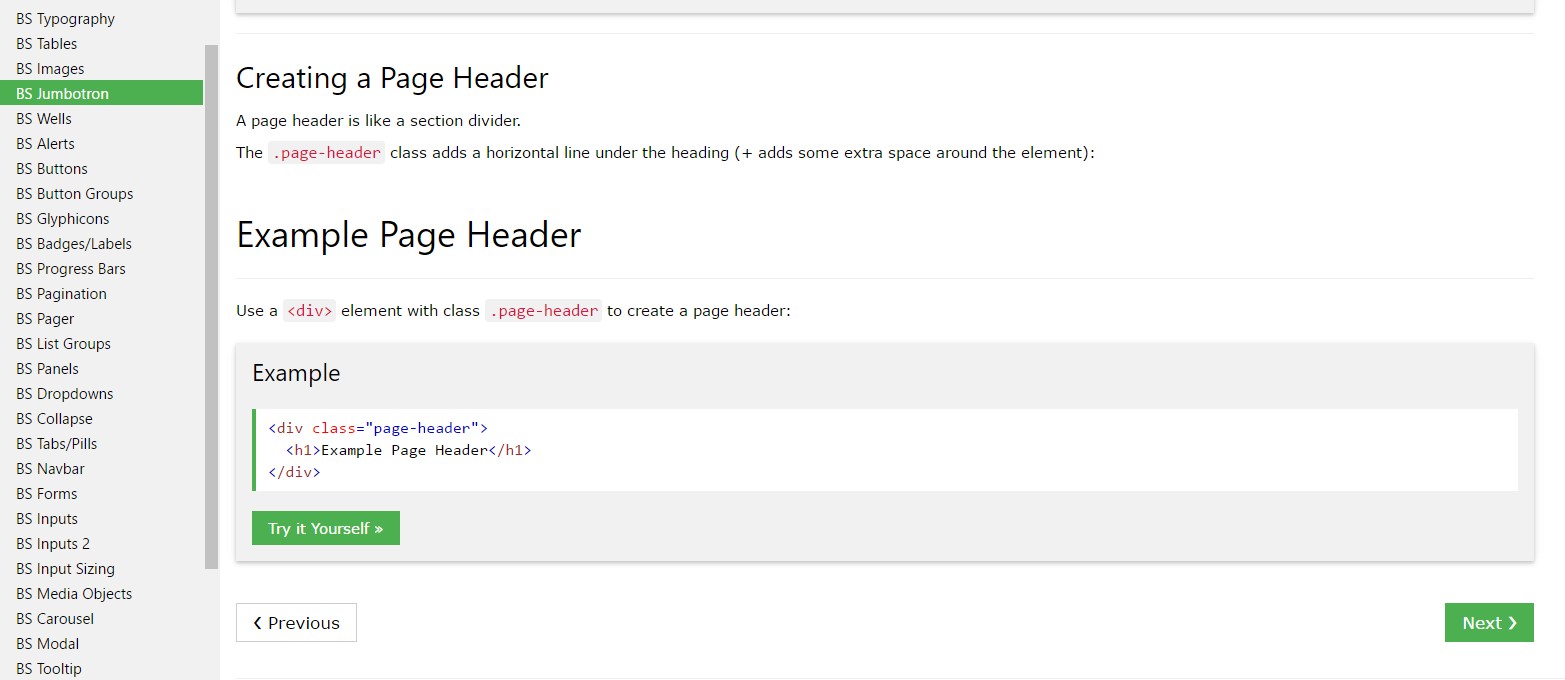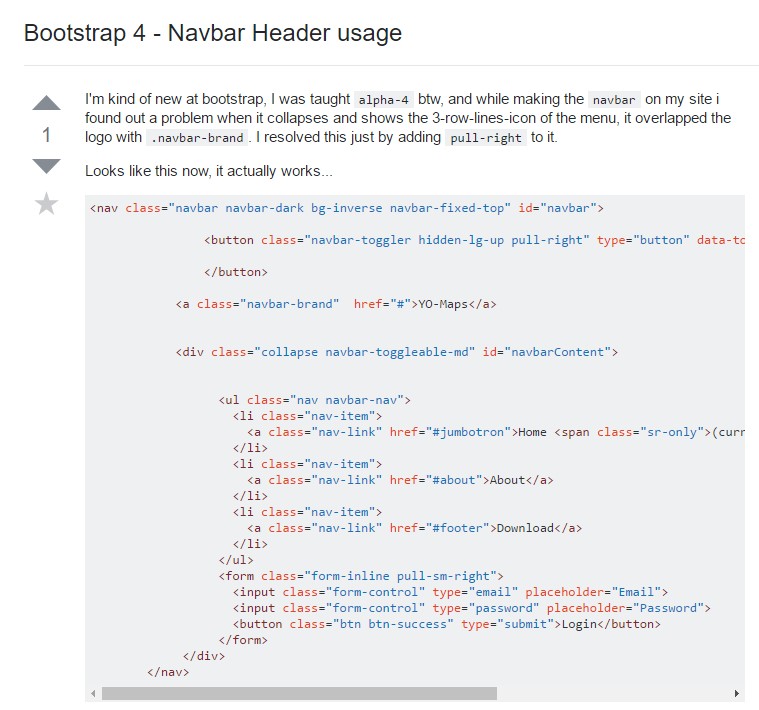Bootstrap Header Example
Introduction
Like within printed documents the header is one of the highly important elements of the webpages we receive and develop to use every day. It nicely holds some of the most critical related information relating to the status of the establishment or people responsible for the webpage in itself and the essence of the whole site-- its navigating building which in turn along with the Bootstrap Header Form itself must be thought and create in this type of means that a visitor in a rush or definitely not actually understanding in which way to see simply take a peek at as well as find the needed information. This is the most suitable situation-- in the real world obtaining as near as possible to this appearance and activity likewise goes since we nearly each and every time have some project certain restrictions to keep in mind. Additionally not like the written documents around the world of net we ought to always bear in mind the range of attainable gadgets on which our webpages could probably get shown-- we ought to ascertain their responsive activity or else in other words-- make certain they will demonstrate best at any display screen size possible.
And so let us have a glance and see the way in which a navbar gets developed in Bootstrap 4. ( helpful hints)
Exactly how to employ the Bootstrap Header Example:
Firstly in order to produce a web page header or else given that it gets regarded in the framework-- a navbar-- we ought to wrap the entire item within a
<nav>.navbar.navbar-toggleable- ~ screen size ~.bg-*.navbar-light.navbar-lightWithin of this parent component we need to begin by putting a switch component that shall be used to reveal the collapsed content on a smaller sized display sizes-- to complete that set up a
<button>.navbar-toggler.navbar-toggler-left.navbar-toggler-righttype = " button "data-toggle ="collapse"data-target = " ~ the collapse element ID ~What's bright fresh for most current alpha 6 release of the Bootstrap 4 framework is that inside the
.navbar-togler<span>.navbar-toggler-icon<a>.navbar-brand<div class="img"><img></div>Now-- the essential part-- establishing the collapsible container for the main site navigating-- to accomplish it build an element with the
.collapse.navbar-collapseid =" ~ same as navbar toggler data-target ~ ".collapse<ul>.navbar-nav<ul><li>.nav-item<a>.nav-link.nav-item.nav-link.nav-item.dropdown<li>.dropdown-toggle.nav-link.nav-item<div>.dropdown-menu.dropdown-itemSome example of menu headers
Add a header to label segments of actions into any dropdown menu.
<div class="dropdown-menu">
<h6 class="dropdown-header">Dropdown header</h6>
<a class="dropdown-item" href="#">Action</a>
<a class="dropdown-item" href="#">Another action</a>
</div>extra capabilities
One more fresh factor for this particular version is the option to put in an inline forms in your
.navbar.form-inline<span>.navbar-textFinal thoughts
Whenever it comes down to the header elements in the latest Bootstrap 4 edition this is being simply handled with the included Collapse plugin and a few site navigation special web content classes-- a couple of them created specifically for keeping your label's identity and others-- to get confident the actual webpage navigational system will present best collapsing in a mobile design menu when a specified viewport width is reached.
Examine a number of video clip training regarding Bootstrap Header
Connected topics:
Bootstrap Header: main information

Bootstrap Header training

Bootstrap 4 - Navbar Header usage

